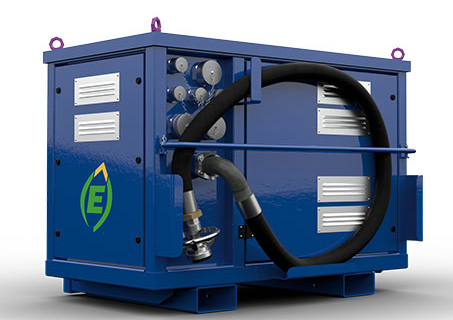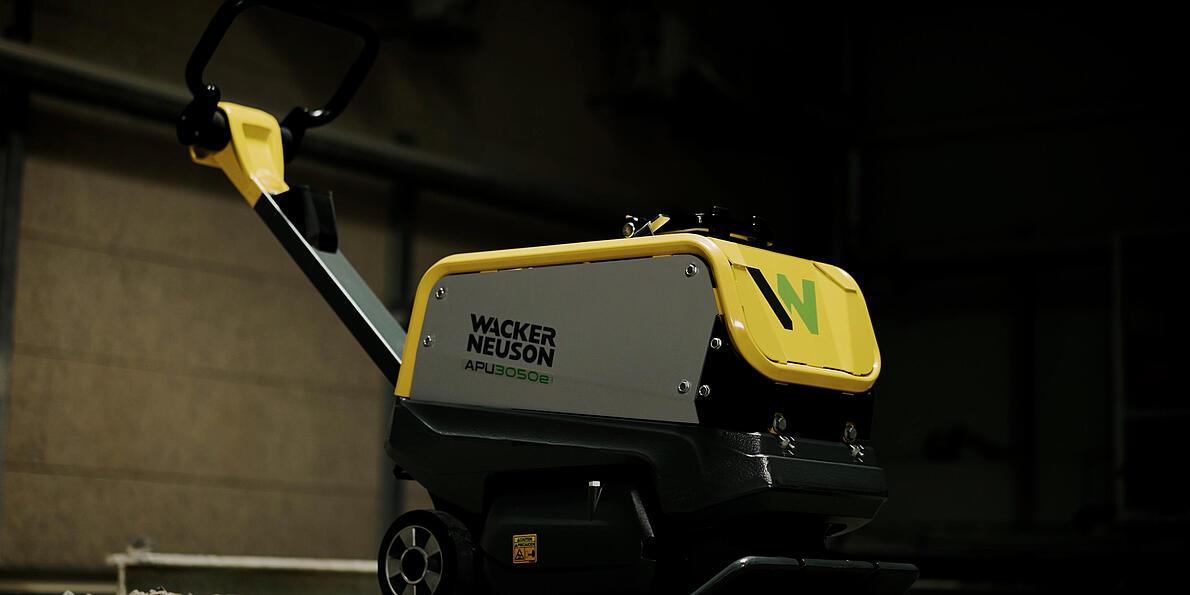
Construction and mechanics in the building sector are aiming for an energy transition with a zero-emission goal, especially for operations on urban construction sites
The development in the technology applied to the earthmoving machinery sector will tend in the coming years more and more to an energy transition with an explicit goal of zero emissions. This in order to meet the gov-ernment objectives set in terms of pollution.
The engines’ function that activate the mechanical and hydraulic devices of the construction equipment can only tend towards electricity, even if there are not only engines as the target of energy transaction technolo-gies, but also many of the components that operate booms, buckets, lifters and many other elements that make up mechanical systems.
Net of this engineering trend, the demand for machines that can work without restrictions in inhabited cen-ters or in sensitive areas with limitations on noise and exhaust gas emissions is increasingly high.
Some market leaders in the earthmoving sector have already been selling for years almost complete ranges of electric machinery, wheel loaders and compact excavators, machines that allow to work and move materials even inside buildings. However, the decarbonisation of machinery is not only driven by ecological reasons, but above all by the need to be able to work in a less impactful, more silent way and without the emission of dan-gerous gases, harmful to health. Technically, the torque of the electric motors guarantees high-level perfor-mance to the new professional battery-powered machines, with a work quality often equivalent to that of the internal combustion engine vehicles used up to now. Certainly, in parallel with the necessary development of electrified technical solutions, it will also be mandatory for the user to have an adequate battery recharging infrastructure, which allows working with continuity, effectiveness and general cost efficiency. For this rea-son, it will be necessary for companies to turn to professionals, partners and consultants who are able to guide them on the right electrification path for their fleet of vehicles. Electric work machines, today, still have a purchase price of about double that of traditional ones, but the TCO (Total Cost of Ownership) is definitely down, thanks to the reduced maintenance costs required over the entire life cycle of the machine.
The advantage of electric
Electric motors, being in a mature technological stage in their development, have obviously been elected icons of energy transition because they are first of all silent. This feature makes them suitable for use in areas where there are restrictions on noise for machinery. They also protect operators and the environment from exposure to direct exhaust fumes, thus allowing many work processes to be carried out even in places with poor ventilation. Another advantage is that electric motors are considered low-maintenance and quick to re-pair in the event of breakages or anomalies, also thanks to constant monitoring of their operation, carried out by predictive diagnostics of malfunctions.

Skid steer loaders, fully full electric
Some manufacturers have already launched compact machines for full electric handling on the market, both for traction and for the implementation of operational movements. These are projects compatible with work in urban construction sites that do not require excessive power and total masses on the ground, characteris-tics that go hand in hand with the need for rapid battery charging and significant autonomy for adequate work cycles.
The battery pack, now almost always lithium ion, is on average around 60 kWh, which allows these machines to operate continuously for about four to five hours. The payload is around 1,200 - 1,400 kg. The movements are obtained through electric motors or actuators and therefore, unlike conventional machines but with elec-tric motorization, it does not require practically any fluids.
The only liquid on board is therefore the ecological refrigerant.

The evolution of battery vibratory plates
Other brands presented electric-based solutions for road construction, such as battery-operated reversible vibratory plates with direct drive. These are attachments that can use a hydraulic adjustment system to change direction.
Other manufacturers have instead launched, still in the field of machines dedicated to compaction, models powered by a maintenance-free lithium-ion battery with sufficient capacity for an entire working day. The op-erating principle is that the energy released by the traction and vibration motors during braking is used in re-covery. This system would also significantly reduce noise emissions, making the rollers suitable for all areas requiring particularly quiet compaction. Still in the field of maximum noise reduction, prototypes are being launched that use oscillation to achieve high compaction in a totally silent manner.
Fully electrified concrete mixers
Also in the concrete sector, the trend is towards the launch of prototypes of fully electric concrete transport machines. The battery of these vehicles has a capacity exceeding 350 kWh. Translated, it means that one charge is enough for five or six trips in urban areas, basically a whole working day. Full recharging is done throughout the night thanks to dedicated DC charging stations.
Lifting and the propulsive transaction
An operational field of construction that was among the first to look at electrification is certainly that relating to lifting. An interesting project is the one that on a traditional crane provides a zero-emission electro-hydraulic modular system, which can be transported together with the crane itself. The electro-hydraulic module can be used for all crane functions as well as for operating the hydraulic conditioning system. In addi-tion to guaranteeing zero-emission and low-noise operation, such a system also has significant cost ad-vantages: the intelligent electric motor control system ensures that it uses only the amount of electrical ener-gy necessary to perform the required functions. In this way, lower operating costs are obtained compared to those of using a diesel system and furthermore the operating hours of the engine are reduced. The electro-hydraulic system is powered from the mains via a 400 V / 63 A plug. On the go, the crane can transport the system to the construction site with a trailer. Alternatively, he can carry it with a carrying frame in the back. In short, it is not necessary to transport the system separately.




